Grand Designs’ best, worst and downright disastrous builds as the show celebrates 25th anniversary
The show first aired in 1999
Grand Designs is celebrating 25 years of some of the most ambitious and innovative builds to ever take place on British soil.
Since 1999, host Kevin McCloud has joined homeowners as they turn their property dreams into a reality – and sometimes nightmare.
From ambitious plans that have set the bar for eco-conscious living, to the ones that have gone spectacularly over budget (and even collapsed on screen), Grand Designs’ is one of British television’s most enduring successes.
To mark the occasion, The Independent has taken a look back at some of the worst and best properties to ever feature on the show.
This comes ahead of a special anniversary episode set to air on Wednesday (11 September), which Channel 4 said “[will feature] the most ambitious builds and touching human dramas, with the biggest budget overspends, and disastrous delays thrown into the mix, this special will celebrate a true Channel 4 gem in its momentous anniversary year.”
Weald of Kent, 2009
Few properties to feature on Grand Designs have gone as wrong as the Weald of Kent, which actually collapsed when McCloud was on site.
But architect Richard Hawkes managed to see the upside of the mishap and said the collapse “could have been worse”.
“There was a time when Kevin was on site filming with the house in the background when the roof collapsed,” Richard told The Sun.
“I was standing by the camera person looking at the camera. You hear this almighty crash.”
The house notably featured an “incredibly delicate” curved roof that ended up causing £200,000 worth of damage when a stonemason leaned on the structure, causing it to collapse.
“Sometimes you’ve got to dust yourself down and think actually we were very fortunate in the grand scheme of things. Within a week we were back to where we were,” he said.
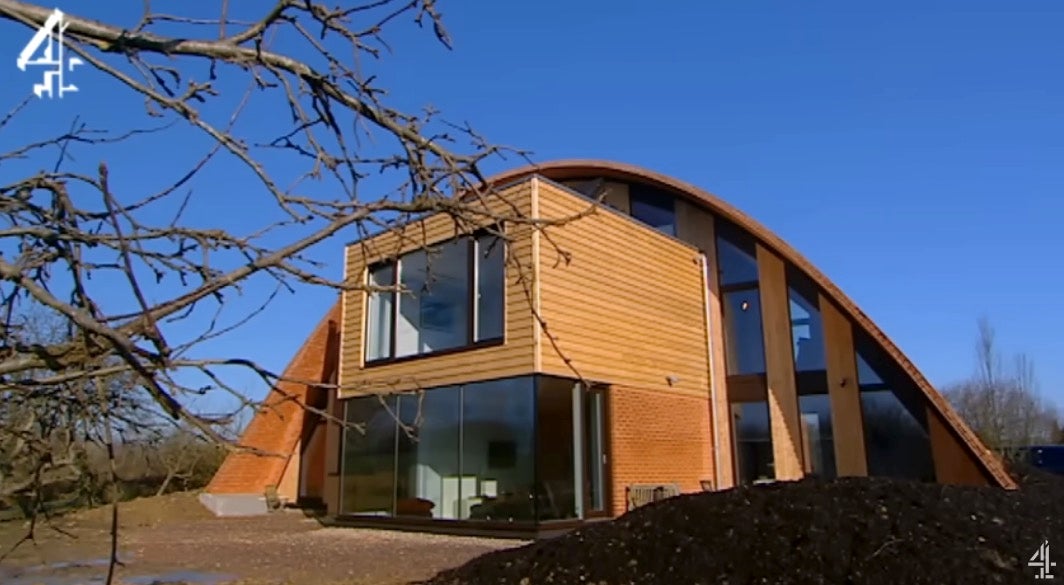
The Eco Barge, 2007
Another more notable disaster from the show was the Eco Barge, which McCloud admitted ended up looking like “a floating scrapheap challenge”.
Like many properties featured on the show, sustainability was at its heart, and its owners had hoped to build a floating London home entirely from recycled materials.
But unfortunately, while its owners Chris Miller and his wife Sze Liu Lai might have had good intentions, the home upset several builders and dock owners and eventually ended up abandoned on the banks of the River Thames in 2011.
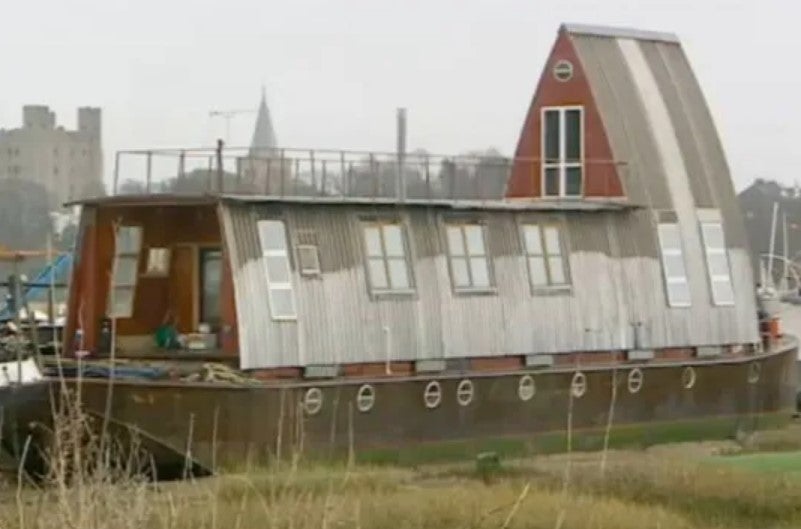
Chesil Cliff House, 2019
In what viewers dubbed the “saddest ever” episode of Grand Designs, an ambitious plan for a lighthouse home in Devon ripped a family apart.
Host Kevin McCloud said of the doomed build: “If a lighthouse has a single message that it shouts out, it is this: ‘Stay away – or risk destruction’.”
The property, which is set to be revisited in the upcoming 25th anniversary episode, saw owner Edward Short’s marriage breakdown as he got into debt when the project went £7m overbudget due to the build’s complicated costal location.
The former music industry sales executive later told The Sun: “There’s no doubt what I put [my wife] Hazel through was horrendous.
“There’s a lot of guilt about that. But there was no way out, once we started. If we didn’t finish, we’d have been in big trouble.”
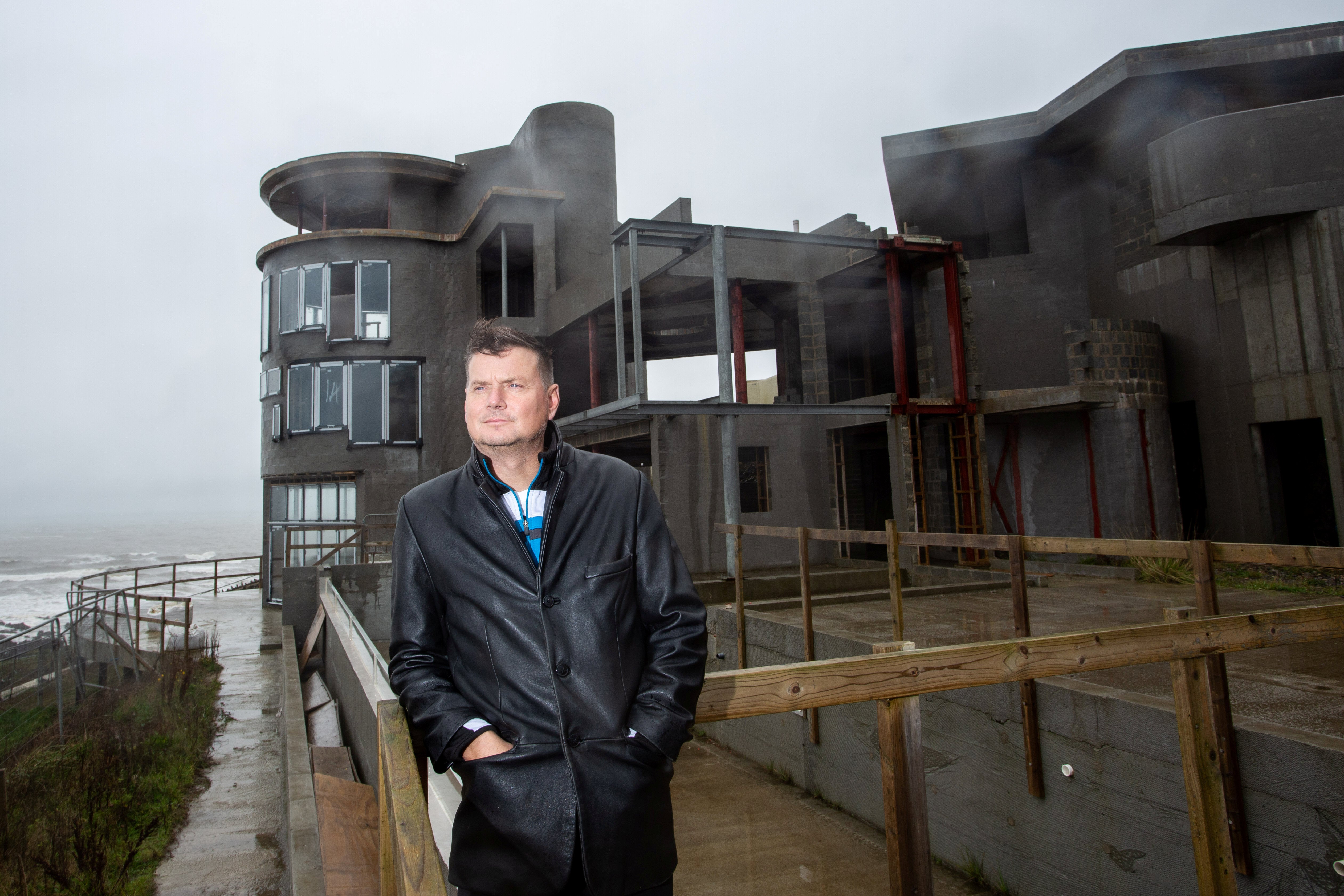
The Hux Shard, 2021
Another property that cost a lot more than intended was the Hux Shard, with McCloud admitting that its owners, Joe and Claire Pridays, had “more money than sense” when they spent £125,000 on just the kitchen.
In the end, the Exeter property cost £2.5m to build – more than double its initial £835,000 budget.
The overspend was also slammed by viewers.
One wrote: “In all seriousness, that was one sickening Grand Design. Everything about it highlighted the gulf between the haves and have-nots. What he spent on just a kitchen??! And what about the environmental cost?”
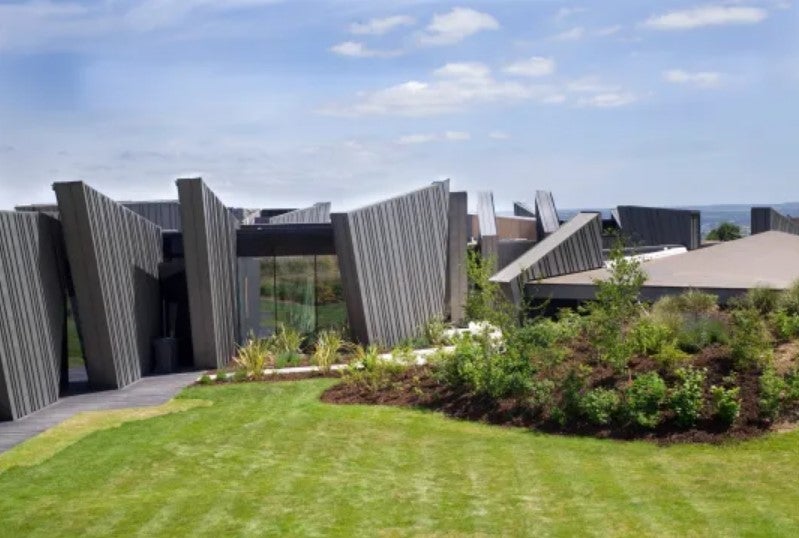
The Shipping Container House, 2014
But while many Grand Designs have gone awry, the show has also documented many successes, including the Shipping Container House – which cost a fraction of most London properties.
Made from four shipping containers that cost £115,000 to transform into an impressive home, unlike the Eco Barge, it proved that successful homes can be made from recycled materials.
McCloud said of the innovative build: “This is where engineering and steel meet landscape and it is beautiful. It’s rare to come to a place and find a building that lifts the spirits, such as this. This is proper architecture, a genius exercise in upcycling and, now, a powerful part of this place.”
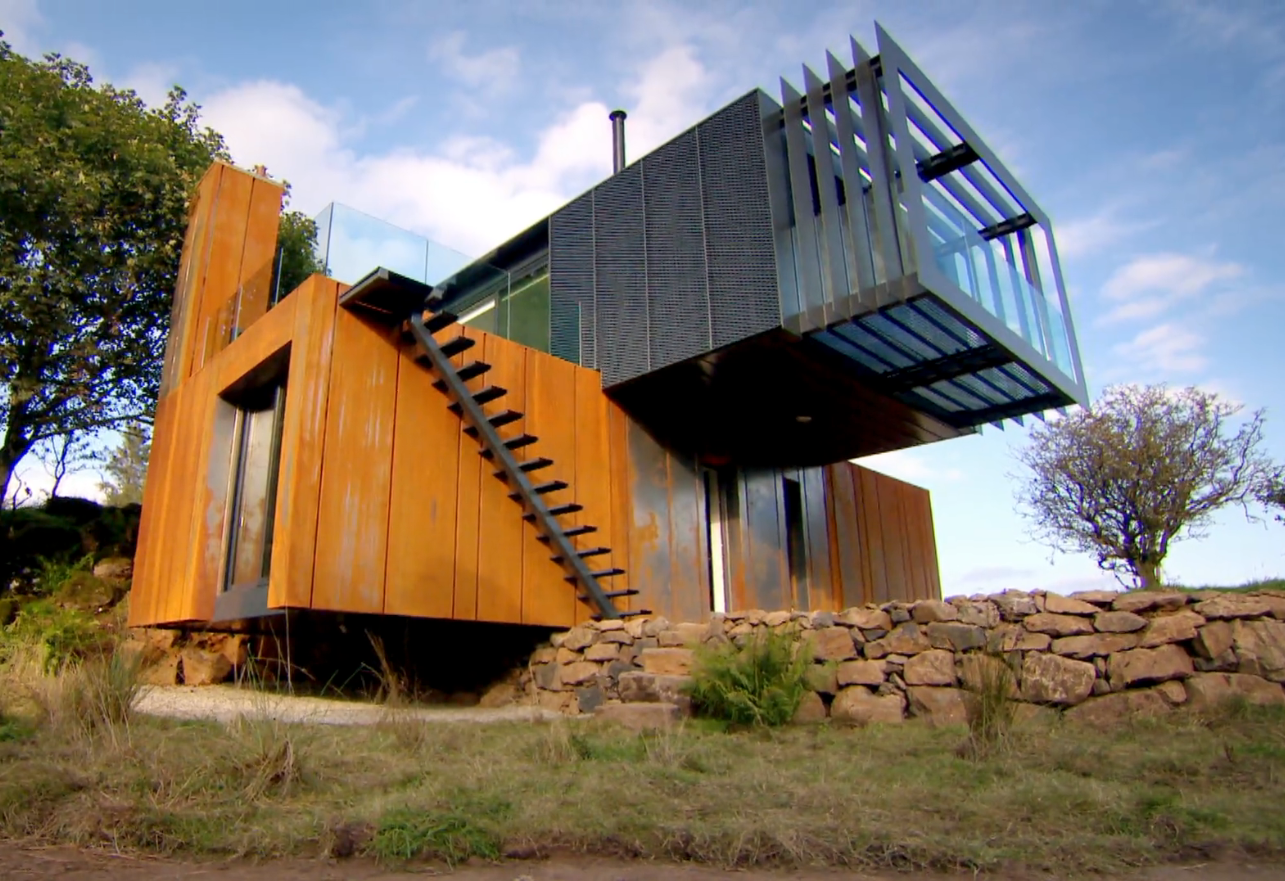
The Straw Bale House, 1999
One of the most impressive cheap builds to ever feature on the show came during its first year with the Straw Bale House, which cost just £78,000 to build.
The property was made from straw bales and sandbags and was hailed as a brilliant example of how “we could and should live”.
McCloud said: “This is remarkable. Simon and Jasmine are heroes of the self-build community and I am proud to know them. It hasn’t and won’t destroy the planet, and it hasn’t cost the earth. It’s not just an example of how we could, and should live, this is a clarion call.”
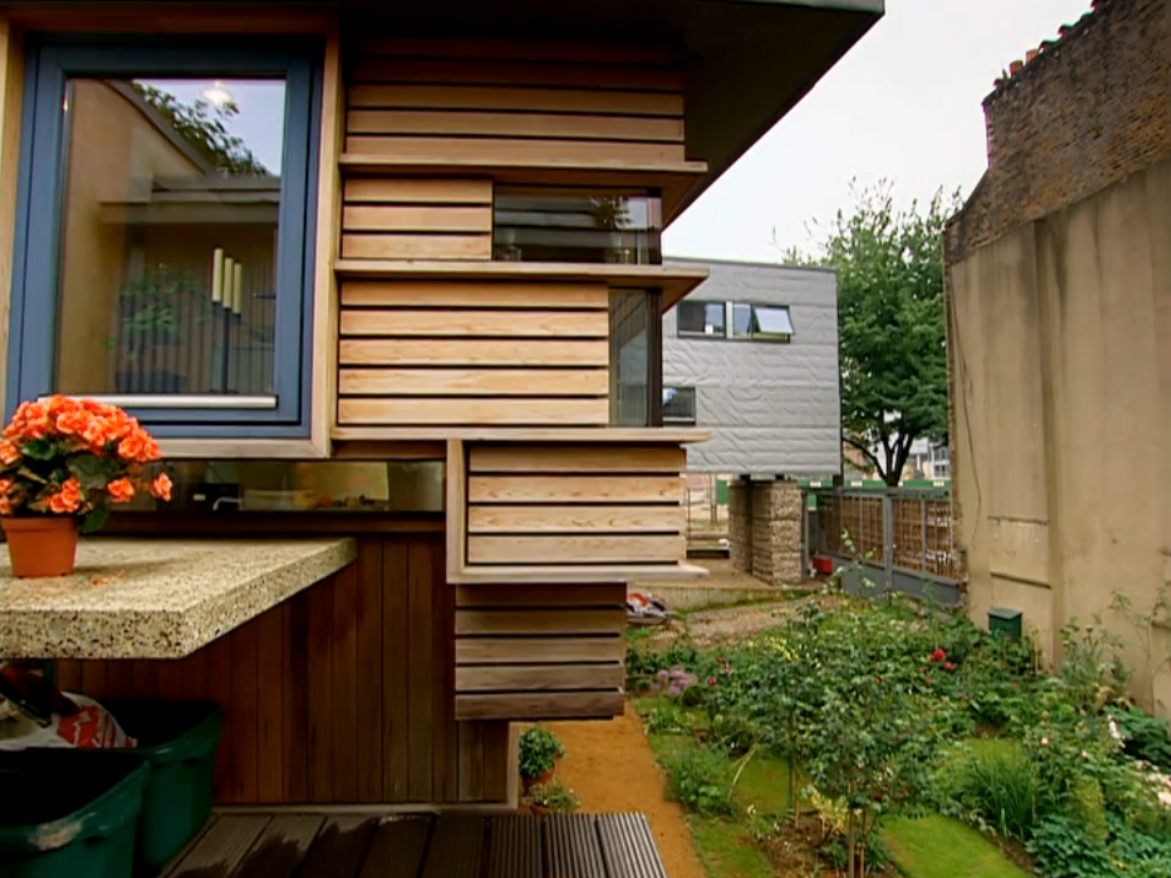
Monty’s Underground Home, 2006
Grand Designs has seen some of its memorable builds take place in London, and another unusual property that you would be surprised to find in the capital is Monty’s Underground Home.
It too was remarkably cheap for a stylish, modern house and cost £220,000 to build including its plot. Some of its notable features, including a retractable roof.
“With its hidden baths and sinks, there is a magical side to this home,” McCloud said.
But while this house was a memorable build, it was not without its challenges, and it took owner Monty Ravenscroft – who had no previous architectural experience – 2.5 years to obtain planning permission for.
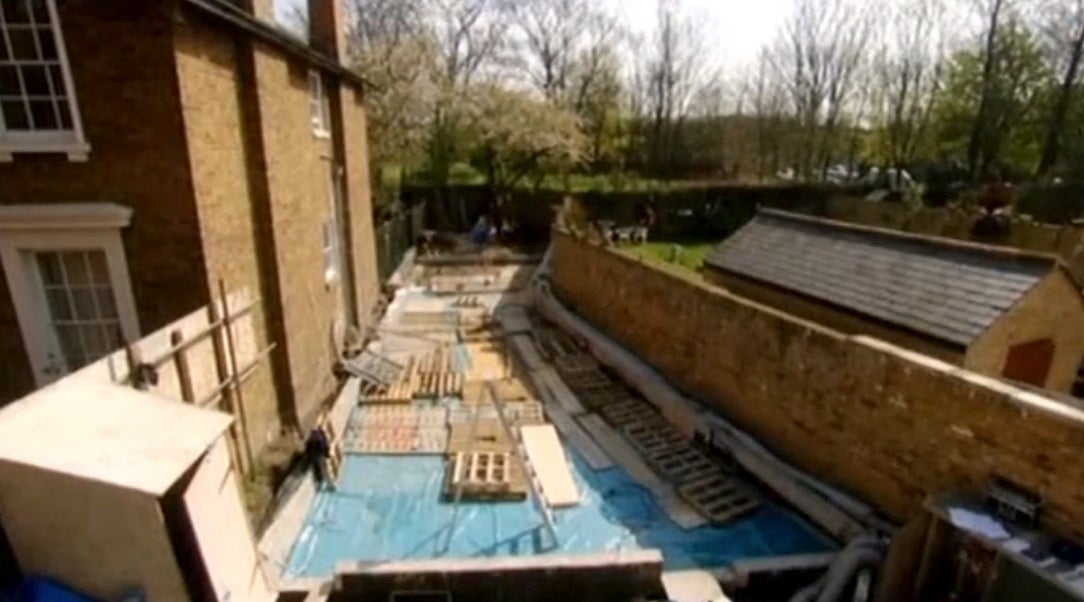
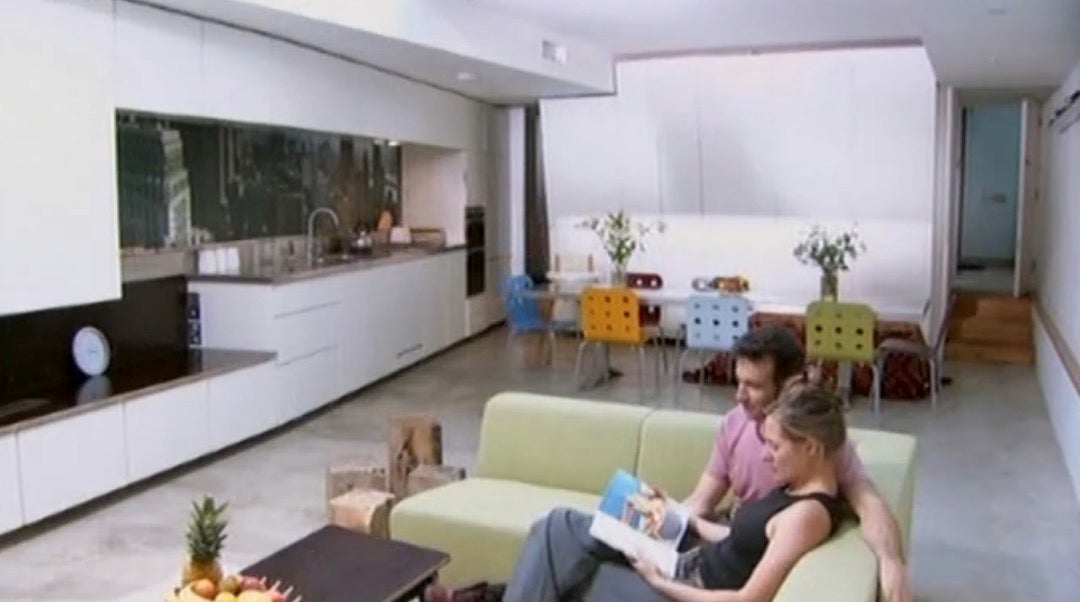
Isle of Skye House, 2012
Described as one of the host’s “favourite houses ever”, the Isle of Skye House in the Scottish Highlands is so innovative that its energy bills come to just £50 a year.
It was built within nine months, and despite being different from the other properties on the island was designed with its surroundings in mind, including its turf roof.
“It’s nestling beautifully into its setting… one of my favourite houses. Ever,” McCloud said.

Ian Dunkley, Channel 4 commissioner, said of the anniversary: “The 25th-anniversary is a testament to Grand Designs and the team behind it. For a generation the show has engaged audiences with the captivating stories of real people taking huge risks on innovative, sustainable and sometimes eccentric designs.
“Grand Designs continues to be a much-loved Channel 4 show and we are proud to announce a new series with a 25th-anniversary special.”
Want to watch Grand Designs while travelling abroad? Then you'll need a VPN to stream this show. Discover the UK's best VPN deals today. Viewers using a VPN need to make sure that they comply with any local regulations where they are, and also with the terms of their service provider.
Join our commenting forum
Join thought-provoking conversations, follow other Independent readers and see their replies
Comments
Bookmark popover
Removed from bookmarks